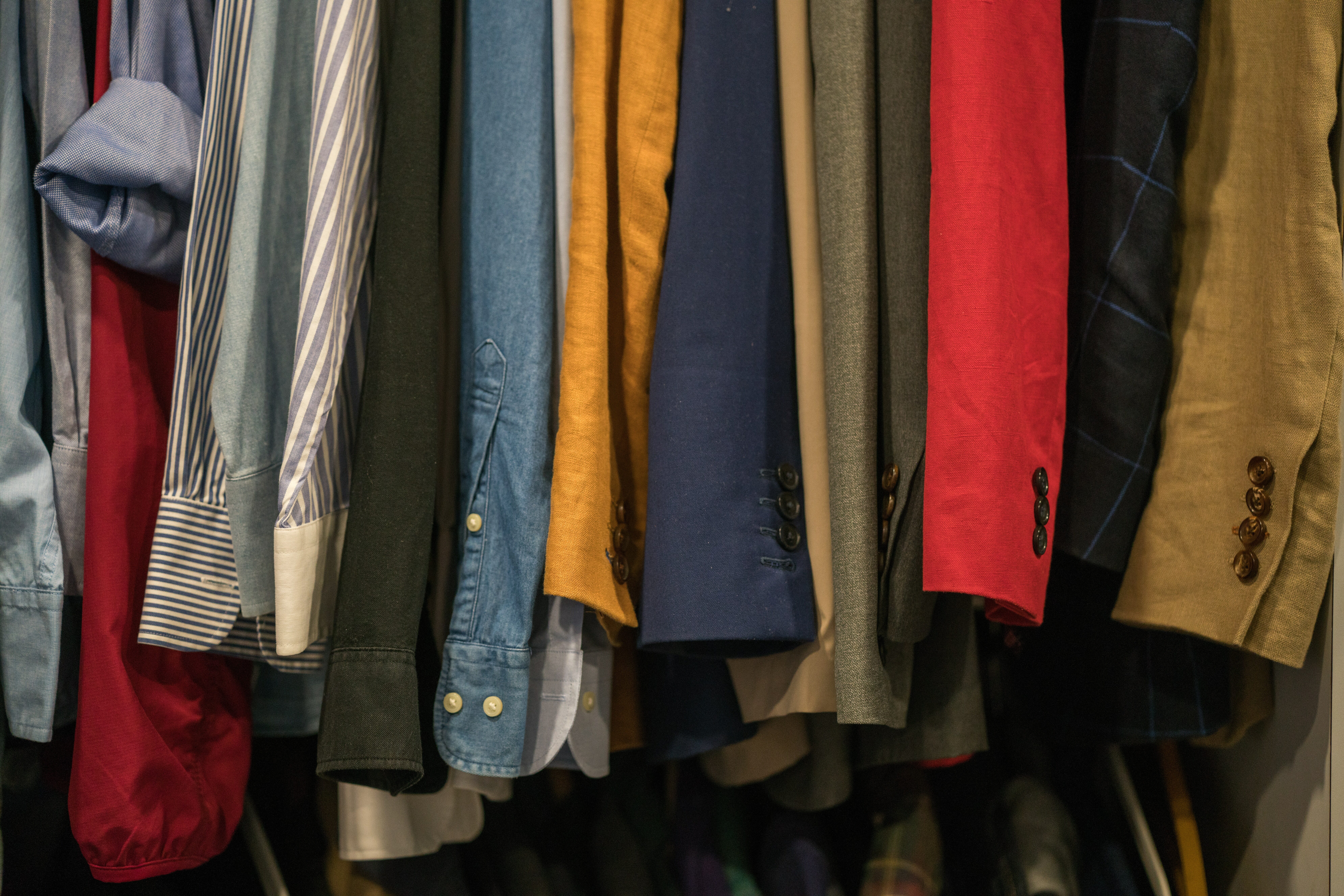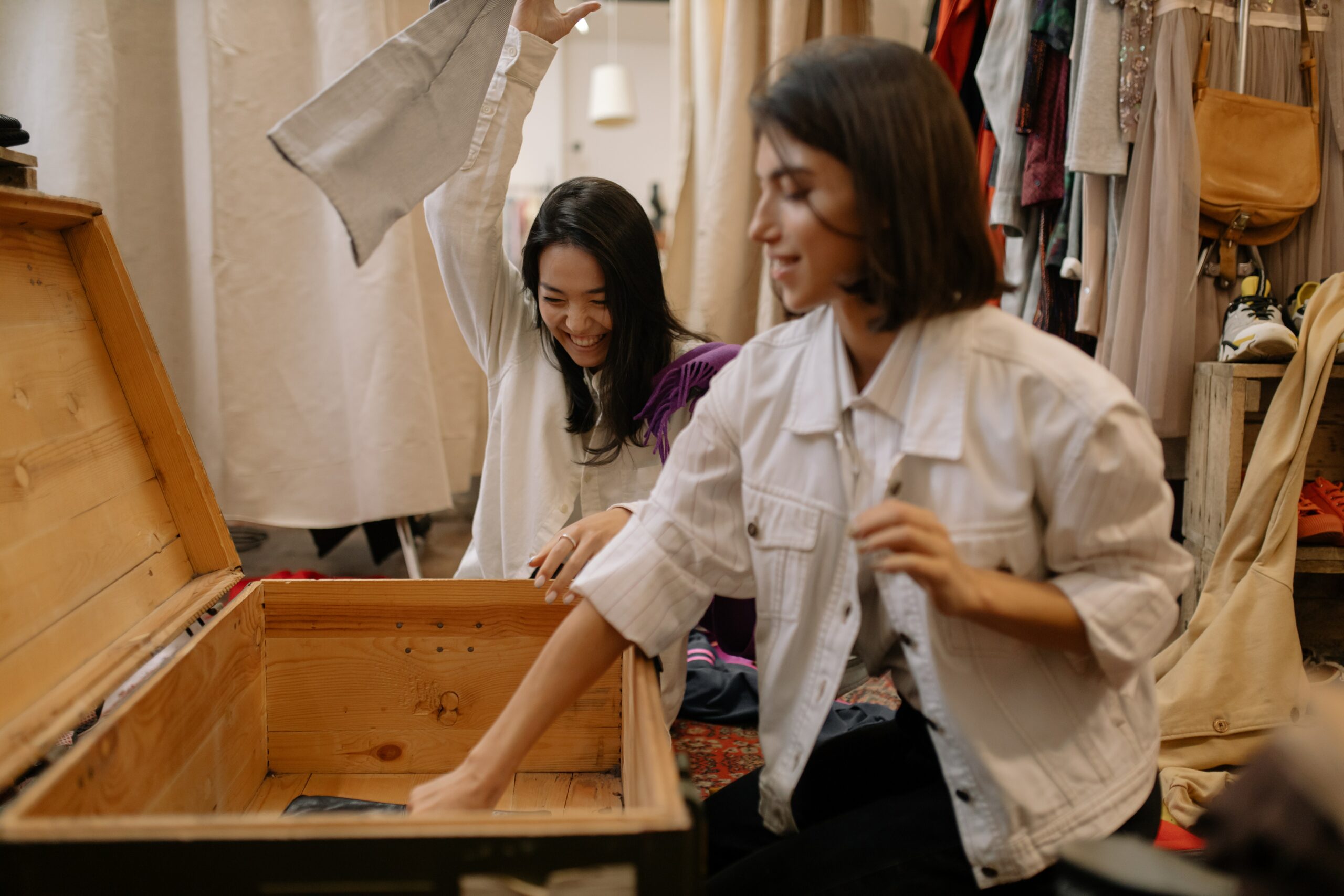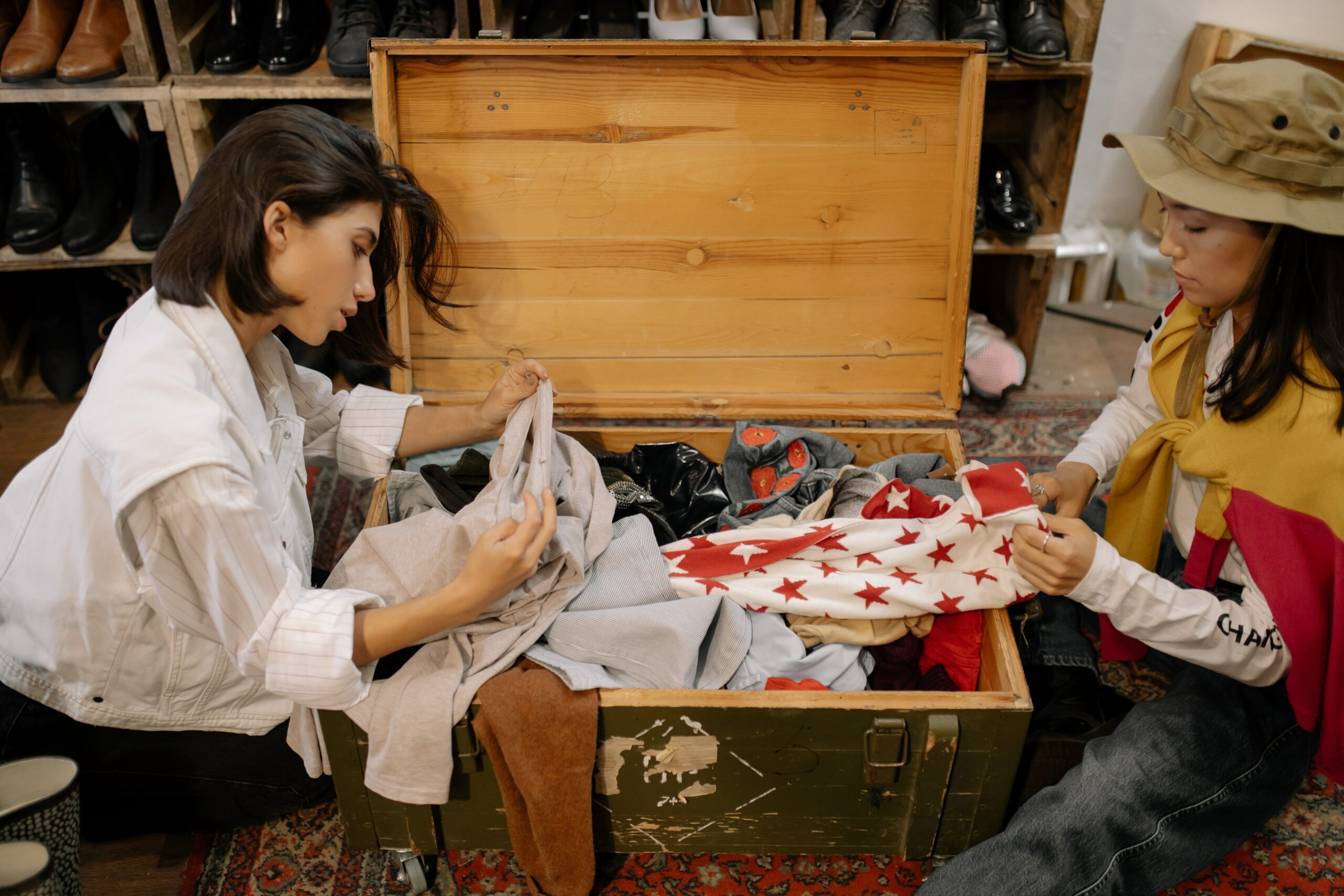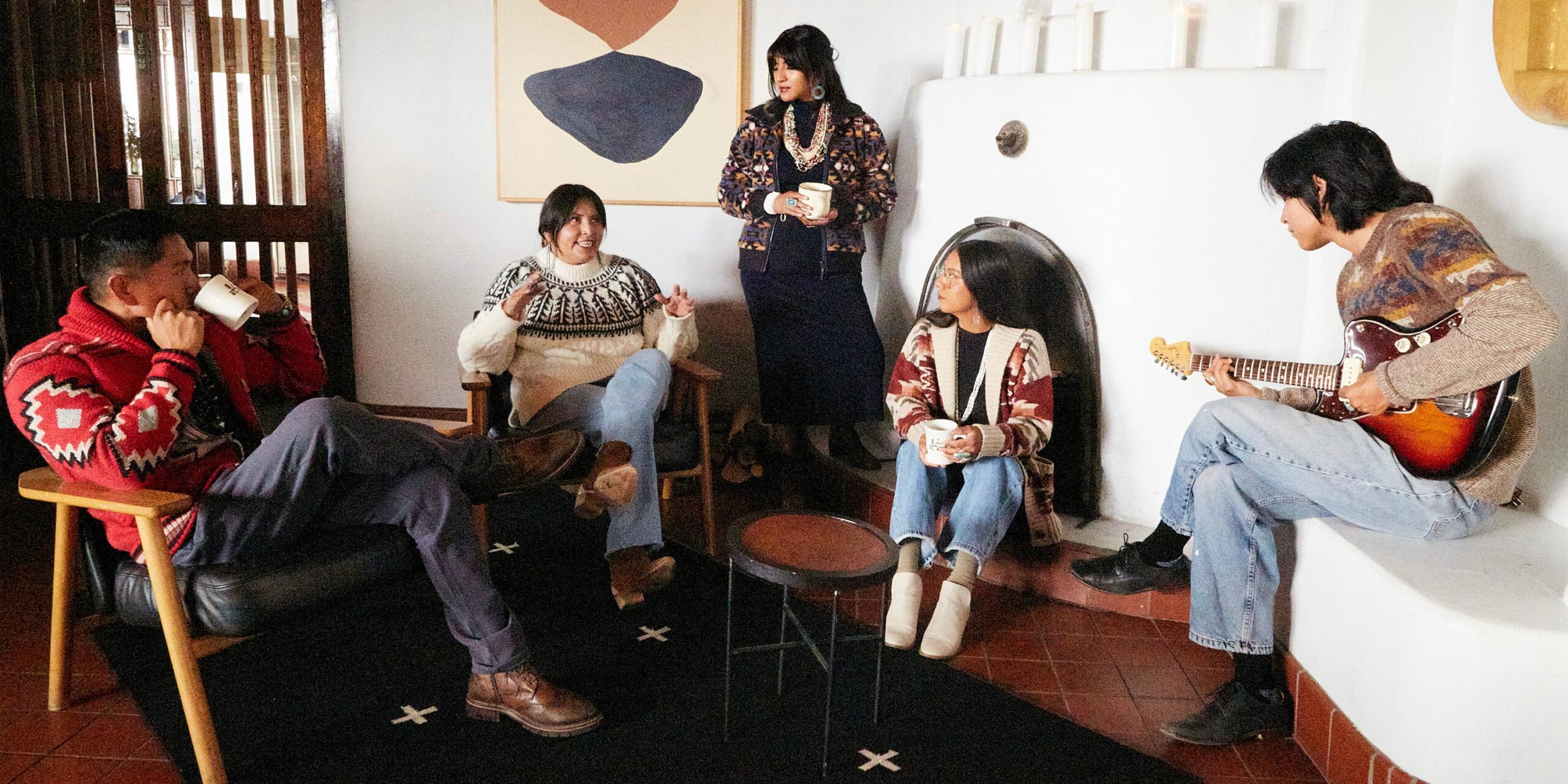In recent years, there has been a growth in popularity of thrift culture. More and more people are interested in secondhand items, whether it be clothes, furniture, or even houses. There are many reasons for this trend. For one, secondhand items are often cheaper than new items. They can also be better quality than something that is mass-produced. And finally, thrifting is more sustainable than buying new items. In this blog post, we will explore the reasons behind the growing popularity of thrift culture and how you can get involved.
What is thrift culture?
The word “thrift” has many positive connotations. It is often associated with being frugal, resourceful, and environmentally conscious. The thrift culture is a movement that advocates for these values.
The philosophy behind the thrift culture is that we should consume less and waste less. This means buying fewer things, repairing items instead of replacing them, and reusing or repurposing items instead of throwing them away.
Many people who embrace the thrift culture do so because they want to live more sustainable lifestyles. They believe that by reducing their consumption, they are reducing their impact on the environment.
Others are drawn to the thrift culture because they want to save money. They know that by buying fewer things and repairing items instead of replacing them, they will save money in the long run.
Whatever the reason, there is no doubt that the thrift culture is growing in popularity. More and more people are embracing its values of sustainability and financial responsibility.
How it helps?
There are many benefits to thrift culture, including saving money, being more environmentally friendly, and reducing consumption.
Saving money is the most obvious benefit of thrift culture. When you purchase secondhand items or make do with what you have, you are automatically saving money. This can be helpful if you are on a tight budget or simply want to save for a future goal.
Being more environmentally friendly is another great benefit of thrift culture. By purchasing used items instead of new ones, you are helping to reduce waste and conserve resources. Additionally, repair and upcycling are often more sustainable than simply buying new things.
Reducing consumption is also a key benefit of thrift culture. When you focus on repairing and reusing items instead of constantly buying new things, you can help break the cycle of consumerism. This can lead to a simpler and more sustainable lifestyle.
The disadvantages of thrifting
There are a few disadvantages to the growing popularity of thrift culture.
First, as thrifting becomes more popular, prices for secondhand goods will increase. This is already happening in some areas, as people are willing to pay more for goods that are seen as trendy or stylish.
Second, there is the issue of quality. As more people turn to thrifting, the quality of goods available will decline. This is because the best items will be snapped up quickly, leaving lower-quality items for those who are left looking.
Third, there is a risk that thrift culture could lead to an increase in waste. If people are constantly buying new secondhand items, they may be less likely to take care of them and more likely to discard them when they go out of style. This could lead to even more stuff ending up in landfill sites.
The rise of thrift culture
In recent years, there has been a growing trend of people embracing thrift culture. This is likely due to a combination of factors, including the increasing cost of living and the desire to live a more sustainable lifestyle.
One of the main appeals of thrift culture is that it allows people to save money while still being able to enjoy the things they love. For example, rather than buying new clothes all the time, thrifters will often shop at second-hand stores or swap clothes with friends. This can lead to significant savings over time.
In addition to saving money, many people also view thrift culture as a way to reduce their impact on the environment. By buying second-hand items or repairing existing ones, we can extend the life of products and keep them out of landfills. And by choosing to carpool or bike instead of drive everywhere, we can help reduce our reliance on fossil fuels.
Whether you're looking to save money or be more eco-friendly, there are many reasons to consider embracing thrift culture. With its growing popularity, there's never been a better time to get started!
What's the hype about?
There are a number of reasons why thrift culture is gaining popularity. In a time of economic uncertainty, many people are looking for ways to save money and be more frugal. Additionally, there is an increasing awareness of the environmental impact of consumerism, and thrifting is a way to reduce your carbon footprint. Furthermore, as vintage and secondhand items become more fashionable, people are seeing the appeal of shopping at thrift stores.
Thrifting can be a great way to find unique items and get good deals on quality items. It's also a way to support local businesses and keep clothes and other items out of landfills.
Thrift like a pro
If you're considering getting into thrift culture, there are a few things you should know. Here are some tips for thrifting like a pro:
1. Set a budget. Don't go into a thrift store without knowing how much you're willing to spend. It's easy to get carried away when everything is so cheap!
2. Stay focused. It can be tempting to buy everything you see, but try to stick to your list or focus on one type of item (e.g., only looking for winter coats).
3. Check for damage. Before you buy anything, make sure it doesn't have any stains, holes, or other damage that would make it unusable or less than perfect.
4. Ask about return policies. Some thrift stores will allow you to return items.
How to get involved?
The “thrift culture” is a term used to describe the growing popularity of frugal living. More and more people are embracing thriftiness as a way to save money, reduce their environmental impact, and live a simpler life.
Here are some examples of how people are incorporating thrift into their lives:
1. Buying used instead of new: One of the simplest ways to be thrifty is to buy used items instead of new ones. This can be anything from clothes to furniture to electronics. Not only does buying used save you money, but it also reduces the amount of waste going into landfills.
2. Repairing instead of replacing: When something breaks, many people automatically assume they need to buy a new replacement. However, often times repairing the item is much cheaper and just as effective. For example, you can mend holes in clothing, fix broken appliances with spare parts, and refinish old furniture instead of buying new pieces.
3. Making do with what you have: Sometimes the best way to save money is to simply make do with what you already have. This could mean wearing clothes a little longer before replacing them, eating food that's about to go bad instead of throwing it out, or using up every last bit of a product before buying a new one.
4. DIY-ing: Another great way to save money is by doing things yourself instead of paying someone else to do them for you. This
Where to find second hand clothes?
There are a number of places to find thrifted clothes, including consignment shops, second-hand stores, and online retailers.
Consignment shops are a great option for finding gently used clothing at a fraction of the retail price. These stores typically sell items that have been previously owned by someone else and are looking to resell them. Second-hand stores are similar to consignment shops, but they also sell items that have been donated. These stores typically have a wider selection of sizes and styles, but the prices can be slightly higher than consignment shops.
Online retailers like ThredUP and Poshmark offer a wide selection of thrifted clothes at affordable prices. These sites allow users to buy and sell gently used clothing, making it easy to find great deals on top-brand items.
Conclusion
There's no doubt that the thrift culture is on the rise, and it's not just because of the current state of the economy. More and more people are beginning to see the benefits of thrifting — from saving money to reducing your environmental impact. Whether you're a seasoned pro or just getting started, there's something for everyone in the world of thrifting. So what are you waiting for? Start exploring your local thrift stores today!



















